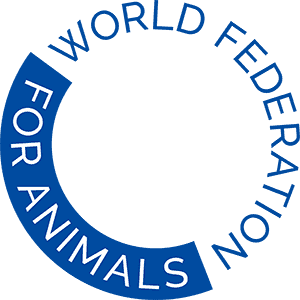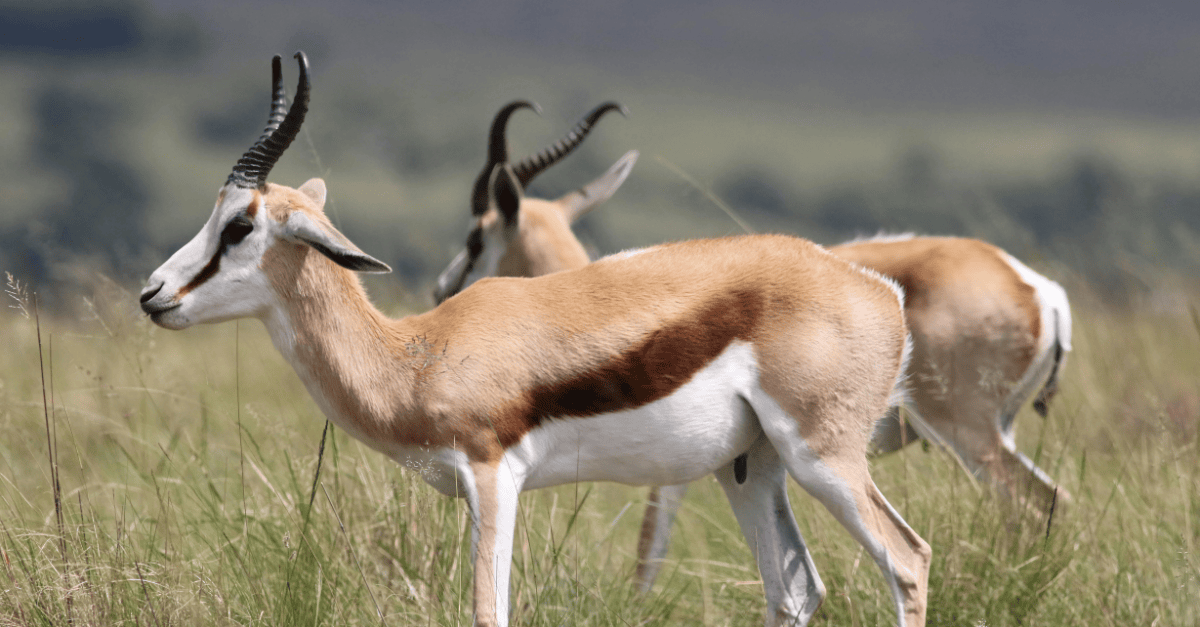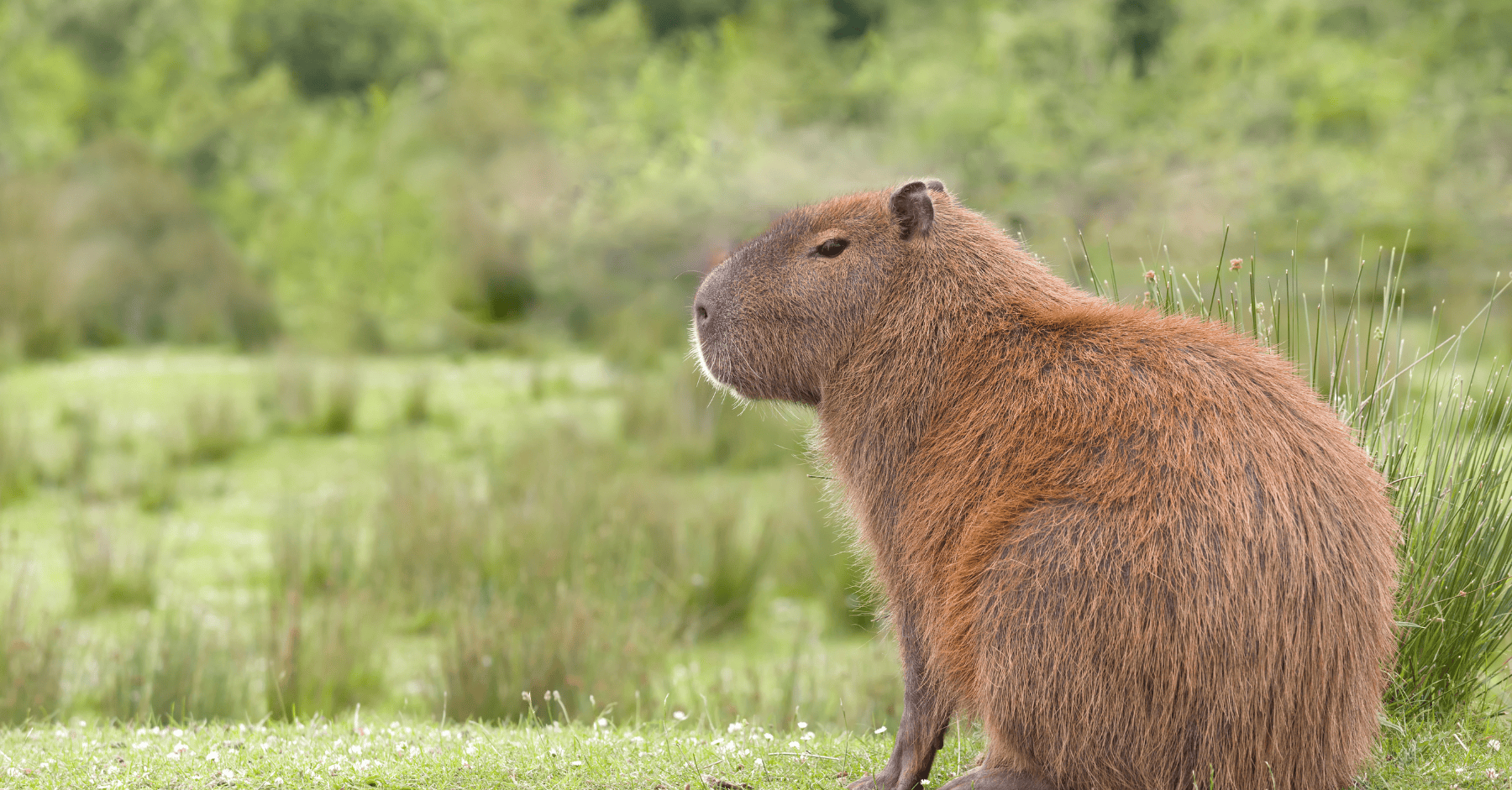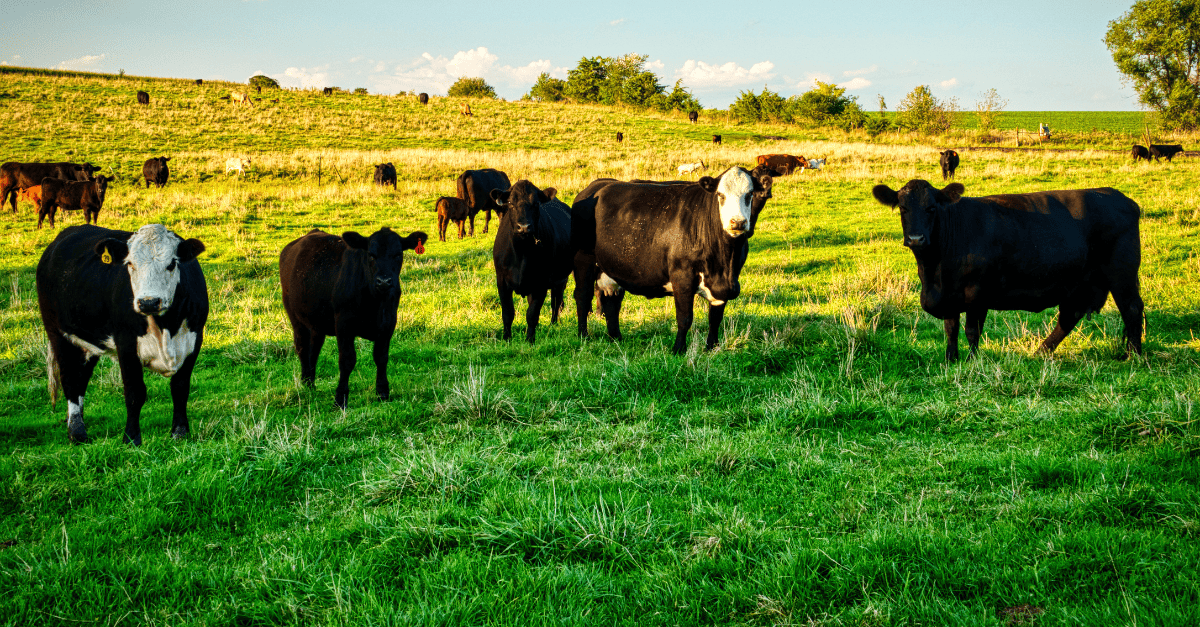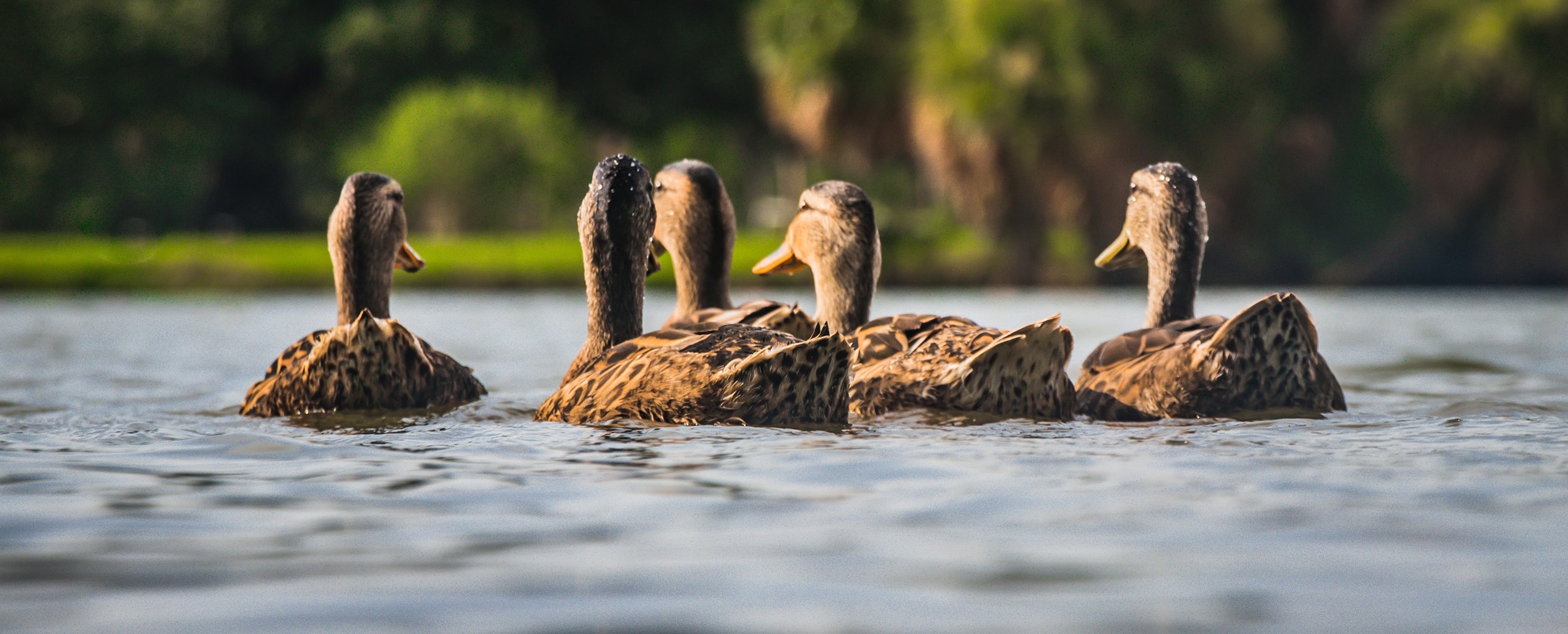For the last two weeks, Colombia was the place to be for those of us who believe there is a world where we can live in peace with nature.
The UN Biodiversity Conference (CBD COP16) took place in Cali from 21 October to 1 November. During this time, the World Federation for Animals engaged with delegates from around the world to ensure that the decisions adopted at the conference considered and improved the welfare of animals.
Here’s a summary of three key decisions that create opportunities for our movement moving forward.
1. Biodiversity & Health
Decision made
After years of deliberation, countries reached a consensus on Biodiversity and Health, a significant decision that has been evolving since before the COVID-19 pandemic. Through this decision, they adopted the Global Action Plan on Biodiversity and Health (Annex 1), a voluntary plan to support governments in the implementation of the Kunming-Montreal Global Biodiversity Framework (KMGBF). The Action plan encourages governments to:
- Designate a national focal point on biodiversity and health,
- Share measures, guidance and tools, best practices and lessons learned, and
- Develop an online information platform to collate knowledge, tools and experiences on interlinked biodiversity and health policies and actions.
The Plan lays out both general guidance and specific actions for governments to support the KMGBF.
Key language for animals
- The Plan recognised drivers of zoonotic risk stating that “Emerging infectious diseases in wildlife, domestic animals, plants or people can be exacerbated by human activities, such as unsustainable land-use change practices and habitat fragmentation;” and “Biodiversity loss and its direct drivers are a threat to animal, human and plant health”.
- In light of this, the decision states that “Elements of the Plan should be actioned towards enabling improved stewardship of the environment, animals, plants and other taxa and the realization of the vision of living in harmony with nature by 2050”
- The decision also includes a strong endorsement of the One Health approach, emphasising the need to integrate biodiversity-health links across sectors and urging its inclusion in healthcare, veterinary, biodiversity, and environmental training programs.
- The Plan encourages governments to “Promote improved standards of animal welfare for their health and wellbeing, including to reduce the risk of communicable disease in farm animals and aquaculture, by, inter alia, preventing antimicrobial resistance by avoiding the inappropriate use and disposal of antimicrobials, on the basis of scientific evidence.”
Why it is important
This decision is crucial for animals and our movement because it formally integrates animal welfare into global health and biodiversity policies, explicitly acknowledging the role of animal welfare in food systems for improved health outcomes and effective KMGBF implementation. The inclusion of a reference to the World Organisation for Animal Health Global Animal Welfare Strategy, which acknowledges animal sentience, is also important. This opens up opportunities for animal protection organisations to assist governments in developing and implementing policies that align with the Global Action Plan, promoting sustainable practices that benefit both animals and ecosystems.
2. Biodiversity & Climate Change
Decision made
The Biodiversity and Climate Change decision underscores the urgent need to address biodiversity loss alongside climate change as interlinked global challenges. In it, COP16 emphasises stronger cooperation between key global agreements, including the Paris Agreement and the Kunming-Montreal Global Biodiversity Framework, to help countries coordinate biodiversity and climate actions. By May 2025, countries and stakeholders are invited to submit their views on options for policy coherence, such as a potential joint work programme among the Rio Conventions. Additionally, it has requested the CBD Executive Secretary to collaborate with the secretariats of other Rio conventions to organise a technical information exchange in 2025.
Key language for animals
- The decision emphasizes that “(…) conserving and restoring biodiversity and ecosystems, inclusive of animal populations, are effective options for mitigation, adaptation and disaster risk reduction and constitute actions towards minimizing the impacts of climate change”
- It also urges countries to “identify and maximize potential synergies between biodiversity and climate actions, including by prioritizing the protection, restoration and management of ecosystems and species important for the full carbon cycle and contributing to climate change adaptation;”
Why it is important
The emphasis on animal populations within the biodiversity and climate decision marks a critical step forward. Recognising animals as essential stewards of ecosystems reinforces the idea that protecting them isn’t just about conservation—it’s about supporting the very processes that make our planet resilient to climate change.
Further, by encouraging countries to protect ecosystems and species vital for the carbon cycle, this decision opens new doors for prioritising policies that actively protect and restore animal habitats and reduce and eliminate harm from other sources like hunting and pollution.
The call for collaboration among the Rio Conventions also offers our movement a unique opportunity to position investment in animal welfare as part of the solution to the interconnected planetary crises. For WFA, it’s a valuable alignment that allows us to amplify our voice on behalf of animals, showing that their welfare is not separate from climate and biodiversity solutions but is foundational to achieving a future where we live in harmony with nature, the 2050 vision laid out by the Global Biodiversity Framework.

3. Invasive Alien Species
Decision made
Parties also adopted a decision on Invasive Alien Species (IAS) which includes measures for the prevention, management, and control of IAS. It requests the CBD Executive Secretary to strengthen collaboration among relevant organisations to support the implementation of the KMGBF Target 6, which aims to manage pathways for IAS and to hold an open-ended online forum to exchange information, tools and best practices among countries and stakeholders. Annexes provide specific guidance on IAS management, including for e-commerce and addressing IAS in the face of a changing climate.
Helpful language
One Health is prominently referenced in this decision, for example urging countries to “enhance coordination and collaboration among countries and international and regional mechanisms, and across sectors, to support the implementation of the One Health approach.”
Animal welfare appears in several of the Annexes:
- “Cost-benefit and cost-effectiveness analyses should be as comprehensive as possible and should ideally encompass multiple areas, such as biodiversity, potential impacts on other non-target species, animal welfare, public acceptability, (…)”
- Among the actions suggested to countries, organisations, and stakeholders is to help “ensure compliance with sanitary, phytosanitary and veterinary import, animal welfare and wildlife trade requirements of importing countries” and to engage “regional and local specialists, including animal welfare and zoonotic disease experts, when considering prevention, planning and mitigation measures.”
A footnote on the improved knowledge to manage IAS reads: “38 Where applicable, humane measures and guidelines should be considered when applying management measures. See Kevin Smith and others, A Manual for the Management of Vertebrate Invasive Alien Species of Union Concern, Incorporating Animal Welfare, 1st ed. (European Union, 2022).”
Why it is important
The decision on IAS is useful because it embeds animal welfare and humane measures as a consideration when governments and stakeholders are developing and implementing policies on IAS management. Animal protection organisations now have an opportunity to engage governments in refining IAS management practices, including through the CBD Executive Secretary’s online forum, advocating for humane, scientifically informed solutions to IAS issues.
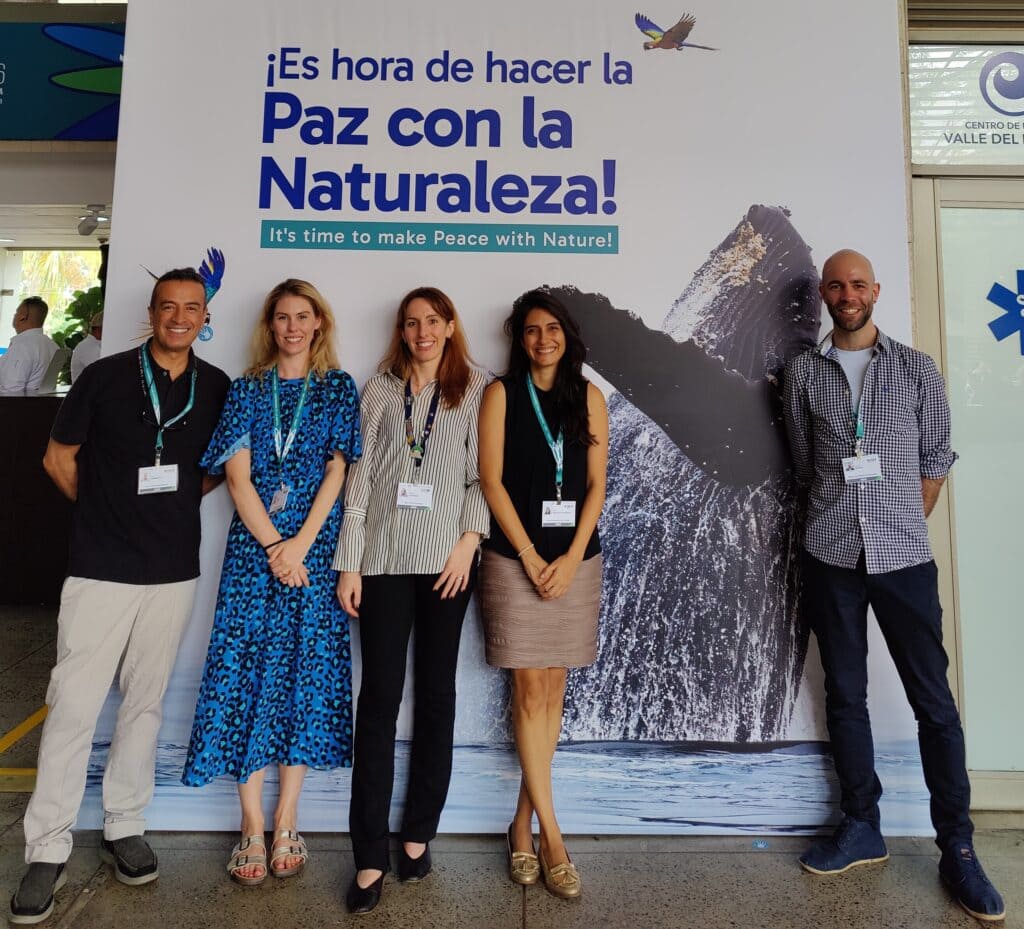
Authors: Jessica Bridgers and Silvia Mantilla
